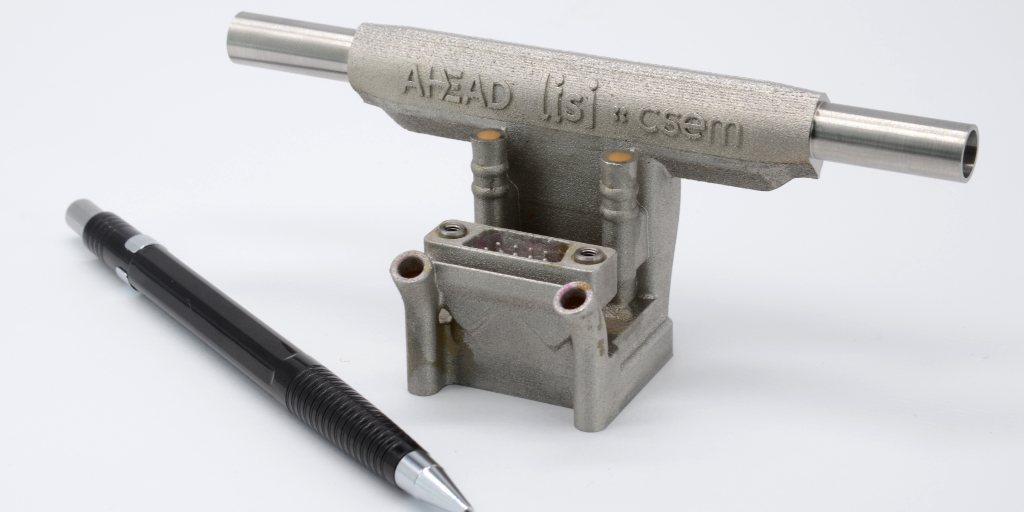AHEAD, an R&D&I project under ATTRACT phase 2, aims at providing technology bricks enabling in situ sensing, heating and energy harvesting from fluids to achieve standalone measurements and data transmission. The project seeks to validate these developments to Technology Readiness Level 7 through two specific use cases: Mechanically Pumped Loops (MPL) for space applications and CO2-based industrial refrigeration systems.
Building on the success of the SWAP project from ATTRACT phase 1, AHEAD leverages advancements made by the Swiss Center for Electronics and Microtechnology (CSEM) in 3D printing and sensor integration. It involves a collaboration between this institution and LISI Aerospace, who manage the technological development; also incorporates energy harvesting technology from inanoEnergy, which enables standalone sensing and wireless data transmission; and end-users like CERN, Thales Alenia Space, and NTNU, who conduct testing and validation.
Discover more about this project within this interview with Hervé Saudan, coordinator of AHEAD.
What is your personal and career journey so far?
I have a bachelor’s degree in macro technology based on this I joined CSEM, where I started as an R&D engineer and then moved to the position of a project manager, then senior project manager. And that’s where I am now as a coordinator of the AHEAD project.
What is the project about? And which partners are involved?
The project AHEAD is about 3D-printed pipes with integrated functions. Those functions are temperature sensing heating, and energy harvesting so that this pipe segment can operate in a standalone way and transmit the information wirelessly to a receptor located somewhere else. The consortium is composed of six partners. We have LISI Aerospace Additive Manufacturing, in charge of additive manufacturing. CSEM is in charge of the design of those pipes and the 3D printing of the sensors. inanoEnergy is developing the energy harvester, and then we have CERN, NTNU and Thales Alenia Space which are the use case owners and the testers of the technologies that will be developed in the project.
What challenges have you faced so far?
One of the biggest challenges we have in the project is that AHEAD is really about hardware, which means we have to manufacture things after having designed them, of course. Then test, and as long as things go along the plan, everything is fine. But once you have a risk that is materializing, then you have to start iterating and restart again from the beginning. This takes a lot of time and effort. So that’s the challenge to iterate, but still fulfil your objectives at the end of the project.
How would you explain the potential implications of this breakthrough to a non-scientific audience?
So, AHEAD is really about simplifying the architecture of an element. What you have to understand is that a system that is composed of several parts that are to be assembled altogether is a complex system. In AHEAD what we try to do is to merge these functions in a single part that is manufactured according to a sequence of processes, so that when you get this part, nothing has to be assembled anymore. The idea of doing that is that it makes it possible then to miniaturize and also shape the object really for your need so that you can integrate it at locations that were not possible before. And this makes a huge difference for applications where mass volume shapes are critical. That’s the idea.
How do you think society will benefit from this project?
The main applications targeted in AHEAD are refrigeration systems for industrial, but also domestic applications we are talking about a new generation of refrigeration systems based on CO2. In that case, the pipe segment we are developing in the project has the potential to increase the efficiency of those systems, which would enable energy savings.
For more information
Visit the AHEAD project website.
AHEAD, an R&D&I project under ATTRACT phase 2, aims at providing technology bricks enabling in situ sensing, heating and energy harvesting from fluids to achieve standalone measurements and data transmission. The project seeks to validate these developments to Technology Readiness Level 7 through two specific use cases: Mechanically Pumped Loops (MPL) for space applications and […]



